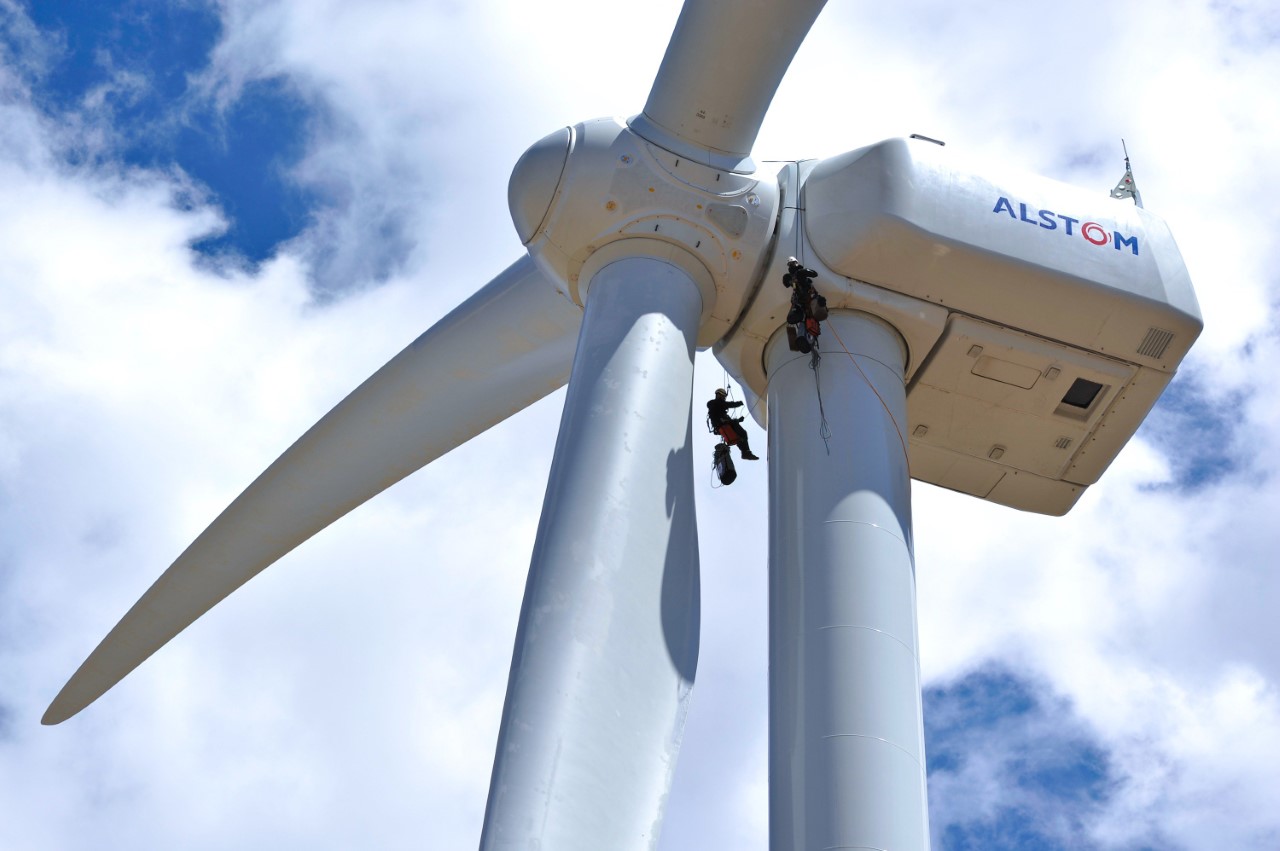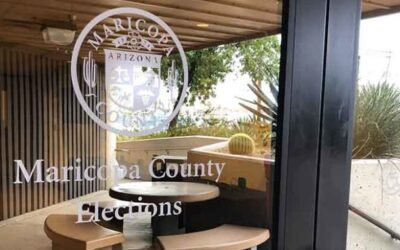By Corinne Murdock |
Arizona State University (ASU) will house the next clean energy facility, established by $70 million in federal funding from the Department of Energy (DOE).
The facility will be the seventh established Clean Energy Manufacturing Innovation Institute, housed within ASU’s Electrified Processes for Industry Without Carbon (EPIXC) in the Ira Fulton Schools of Engineering.
In a press release issued last month, DOE Acting Assistant Secretary for Energy Efficiency and Renewable Energy Alejandro Moreno said the goal of EPIXC is to result in zero industrial emissions through total replacement of traditional energy sources, namely fossil fuels, with electrical energy. The $70 million will extend over the next five years.
“Achieving the nation’s climate goals will require an all-hands-on-deck, multidimensional approach to eliminating industrial emissions,” said Moreno. “Our newest institute, EPIXC, will focus on one of the key pillars of industrial decarbonization—electrification—to dramatically slash emissions while helping to strengthen and secure America’s leadership in the global clean energy economy.”
In a separate press release, ASU shared that they partnered with University of Texas at Austin, Texas A&M University, Pennsylvania State University, Stanford University, Missouri University of Science and Technology, Tuskegee University, North Carolina State University, Navajo Technical University, Idaho National Laboratory, the National Energy Technology Laboratory, the National Renewable Energy Laboratory, and the SLAC National Accelerator Laboratory. Strategic guidance for the proposal came from KB Science.
The senior associate of KB Science, Scott Boyce, hails from the same company, Dow Chemical Company, that helped launch the Obama-created organization associated with this DOE initiative: Manufacturing USA. Boyce helped oversee the organization and is characterized as “instrumental in supporting the Dow partnership with the DOE.”
The senior consultant of KB Science, JoAnn Milliken, worked as the program manager, office director, and senior executive for the DOE’s Office of Energy Efficiency and Renewable Energy for over 21 years.
A significant portion of benefits derived from this clean energy initiative won’t be returned to the general public, but rather be repurposed for equity-oriented causes. Justification for this flow of taxpayer dollars comes from Biden’s executive order issued on the day of his inauguration, “Advancing Racial Equity and Support for Underserved Communities Through the Federal Government.”
This $70 million in funding coincides with the DOE’s “Decarbonization Roadmap” released last year. EPIXC will comply with President Joe Biden’s Justice40 initiative (issued a week after his inauguration) to prioritize equity in all clean energy initiatives. The initiative directs 40 percent of benefits derived from federal investments into clean energy — as well as clean transit, affordable and sustainable housing, training and workforce development, remediation and reduction of legacy pollution, and development of clean water infrastructure – will go to disadvantaged communities (DACs).
DACs include any communities the government classifies as “marginalized, underserved, or overburdened by pollution.” The Biden administration clarified that racial demographics don’t factor into DAC classifications. However, they also noted that “communities of color suffer disproportionately from some of these burdens.”
BIDEN ADMIN’S CLIMATE AND JUSTICE SCREENING TOOL
Leading EPIXC is ASU professor Stacy Esposito and University of Texas in Austin professor Bruce Eldridge.
All seven of the DOE’s Clean Energy Manufacturing Innovation Institutes are part of the Manufacturing USA initiative. The organization was established in 2014 under the Obama administration, formerly named the National Network for Manufacturing Innovation, for the purposes of spurring domestic manufacturing. Initial planning for the network began in 2011 when Obama’s Council of Advisors on Science and Technology recommended the formation of the Advanced Manufacturing Partnership (AMP). Leading the AMP were former Dow Chemical Company President, Chairman, and CEO Andrew Liveris and former Massachusetts Institute of Technology (MIT) President Susan Hockfield.
The other Manufacturing USA organizations are Advanced Functional Fabrics of America (AFFOA) in Cambridge, Massachusetts; American Institute for Manufacturing (AIM) Photonics in Albany, New York; America Makes in Youngstown, Ohio; Advanced Robotics for Manufacturing (ARM) in Pittsburgh, Pennsylvania; BioFabUSA in Manchester, New Hampshire; Bioindustrial Manufacturing and Design Ecosystem (BioMADE) in St. Paul, Minnesota; CESMII in Los Angeles, California; the Cybersecurity Manufacturing Innovation Institute (CyManII) in San Antonio, Texas; Institute for Advanced Composites Manufacturing Innovation (IACMI) in Knoxville, Tennessee; LIFT in Detroit, Michigan; Manufacturing times Digital (MxD) in Chicago, Illinois; NextFlex in San Jose, California; National Institute for Innovation in Manufacturing Biopharmaceuticals (NIIMBL) in Newark, Delaware; Power America in Raleigh, North Carolina; Rapid Advancement in Process Intensification Deployment Institute in New York, New York; and Reducing EMbodied-energy and Decreasing Emissions (REMADE) in Rochester, New York.
Corinne Murdock is a reporter for AZ Free News. Follow her latest on Twitter, or email tips to corinne@azfreenews.com.








